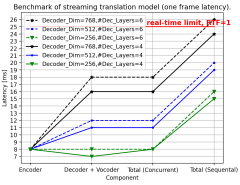Authors: Saeed Azad, Ziraddin Gulumjanli, Daniel R. Herber
Published on: April 22, 2024
Impact Score: 8.2
Arxiv code: Arxiv:2404.14583
Summary
- What is new: A computational framework for assessing the net present value of various integrated storage technologies with energy systems, emphasizing a balance between physical and economic domains.
- Why this is important: The challenge of efficiently assessing the economic feasibility of various energy system configurations in early system concept development.
- What the research proposes: A versatile computational framework that formulates a linear, convex optimization problem for optimal capacity and dispatch decision-making.
- Results: Successful demonstration and validation of the framework’s capabilities through three case studies: natural gas with thermal storage and carbon capture, wind energy with battery storage, and nuclear with hydrogen.
Technical Details
Technological frameworks used: Open-source software DTQP.
Models used: Linear, convex optimization models.
Data used: Subsystem dynamics and economic data related to energy systems.
Potential Impact
Energy system integration firms, renewable energy companies, utility companies, and developers of energy storage technologies.
Want to implement this idea in a business?
We have generated a startup concept here: OptiGrid Solutions.


Leave a Reply